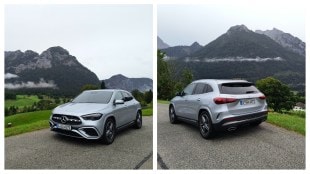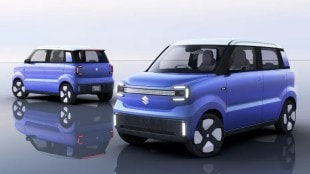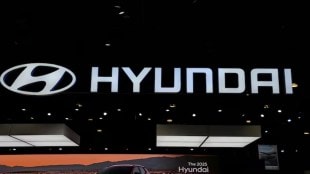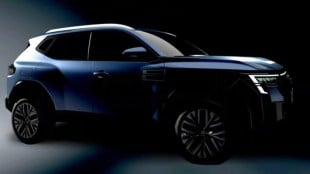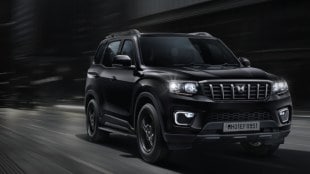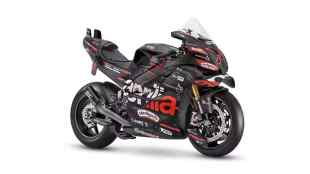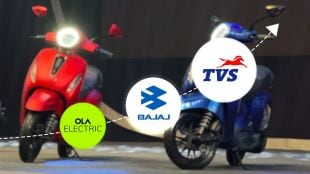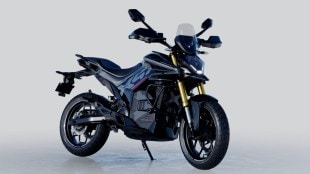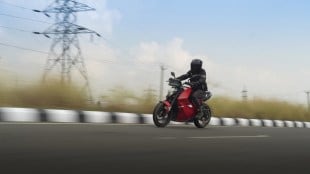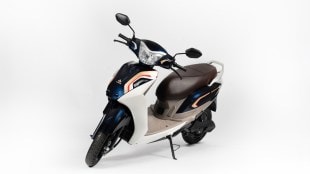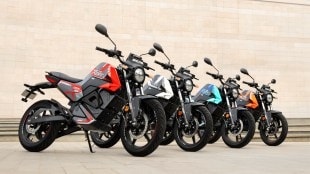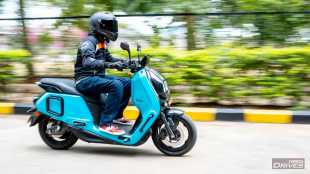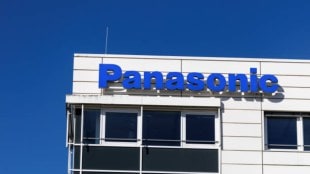After steering the electrification of passenger cars, two- and three-wheelers, and public transport buses, the government is now turning its attention to the trucking segment. Under the PM Electric Drive Revolution in Innovative Vehicle Enhancement (PM E-Drive) scheme, launched in October 2024, it is preparing to roll out a targeted subsidy programme for electric trucks (e-trucks), with incentives of up to Rs 19 lakh per vehicle.
This marks a major push to decarbonise freight transportation and could significantly benefit manufacturers like Tata Motors, Ashok Leyland, IPLTech Electric, and Propel Industries, as the demand for battery-powered trucks gets a much-needed nudge.
The government has earmarked Rs 500 crore under the PM E-Drive scheme specifically for e-trucks. While final contours are still being worked out, officials are evaluating two possible incentive models. One option proposes a subsidy of Rs 5,000 per kilowatt-hour (kWh), capped at 10% of the ex-factory vehicle price, amounting to a maximum benefit of Rs 12.5 lakh for a 55-tonne truck. The alternative offers Rs 7,500 per kWh, capped at 15% of the vehicle cost, potentially taking the subsidy up to Rs 18.7 lakh.
Sources indicate that the government is leaning toward the first model. Though it offers a lower per-vehicle payout, it allows for a larger number of trucks – around 5,000 – to benefit under the Rs 500 crore budget, compared to just 3,500 in the second scenario.
“The idea is to bridge 15-20% of the cost gap between e-trucks and their diesel counterparts,” officials said. “Opting for the first plan enables us to provide moderate relief across a wider vehicle range, from 3.5-tonne to 55-tonne trucks, and reach more buyers.”
Currently, electric trucks cost nearly double their diesel variants. A conventional 3.5–7.5 tonne diesel truck is priced around Rs 17 lakh, while an electric version in the same category can cost up to Rs 34 lakh. Under the proposed plan, a smaller truck with a 4.8 kWh battery would get a subsidy of about Rs 3.5 lakh, covering nearly 20% of the incremental cost. For heavier 55-tonne models, which can cost Rs 1.25 crore, the subsidy may go up to Rs 12.5 lakh, making a sizeable dent in acquisition cost.
The ministry of heavy industries is holding consultations with major stakeholders, including companies from the steel, cement, logistics, and port sectors, to assess industry demand and fine-tune implementation.
However, e-truck makers told Fe that the incentives are not sufficient. According to them, electric buses receive subsidies of up to Rs 35 lakh, and therefore the government should consider a similar scale for trucks also.
Government officials, however, maintain that the rationale for differing subsidies is sound. “Buses serve the public and have a welfare element. Trucks are commercial assets designed for profit through lower operating costs. So the support structure must reflect that distinction,” officials said.

